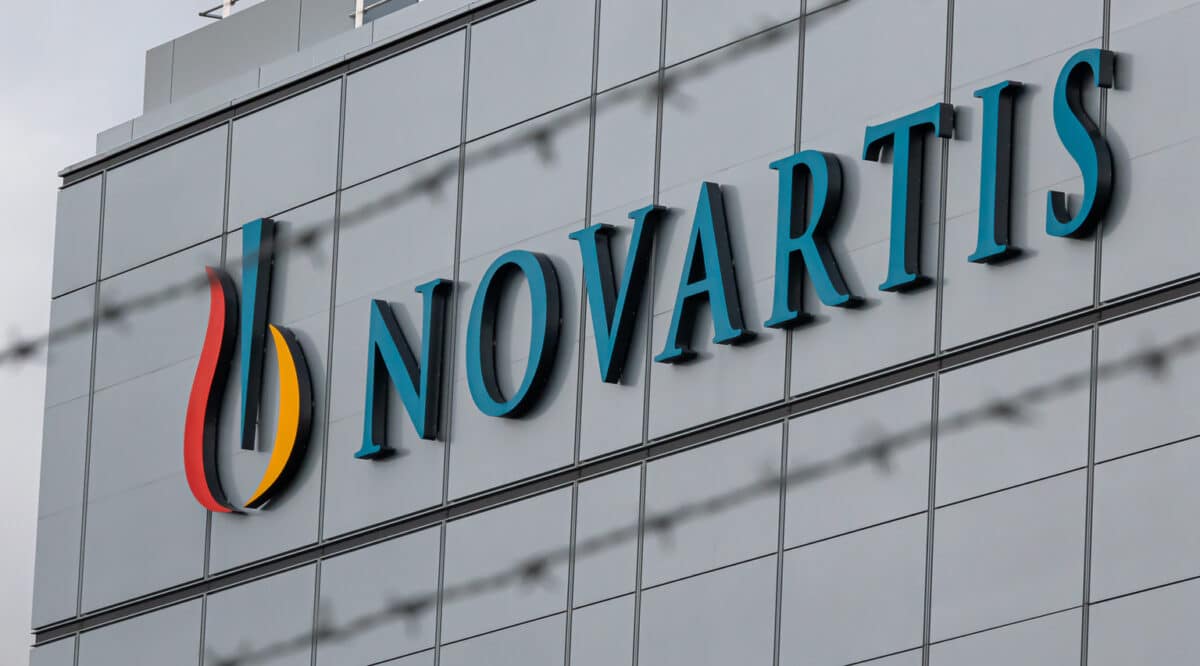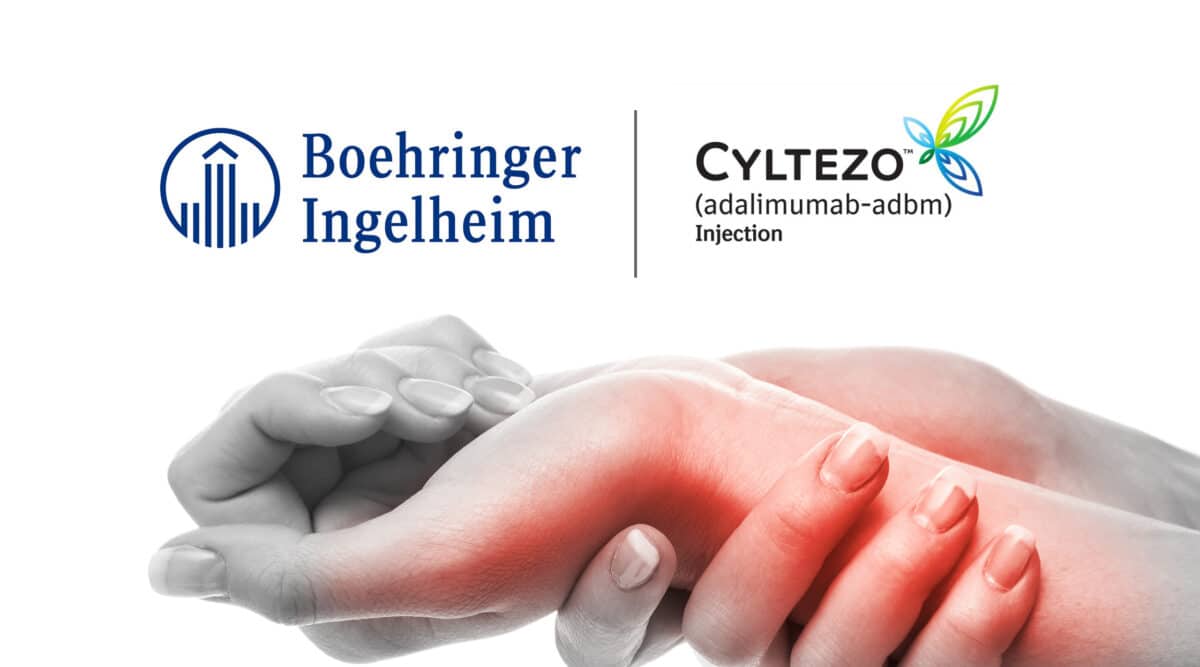Most of us that work in the specialty pharmacy segment are very familiar with the concept of a HUB. At its rudimentary level a HUB acts as a clearinghouse for a drug to expedite getting the therapy from the prescriber to the patient as efficiently as possible. As is often the case, the therapy is in limited distribution, so the HUB directs traffic to put the prescription on a track to a designated pharmacy. That’s about where the knowledge level starts to fall off for many.
The article below is a good read for new SP staff to get a thorough introduction to the HUB concept. But, it is also a good read for more experienced staff to fill in any blanks so they can give a fulsome explanation of what a HUB does and the benefits and complexities associated with the model.
A couple points that the article did not include—–
– First, many HUBs include multiple participating specialty pharmacies. An underlying reason is that not all specialty pharmacies have payer contracts for reimbursement. By stitching together a network that expands payer reach fewer roadblocks to patient authorization will be encountered.
– Secondly, the importance of data is understated. Manufacturers have increasingly relied on specialty pharmacies to report on ever more granular details including patient status, reasons for termination of therapy, occurrence of ER admissions, patient health progress, etc., etc. These additional data items are usually tailored to each specific therapy. Such services also provide an important revenue source for the specialty pharmacy.
The Value of a Hub in a Limited Distribution Specialty Pharmacy Network
Although specialty pharmacies may be able to offer some of the services that a hub provider does, a hub can standardize patient and provider support across the network.
“What is a hub?”
“What does a hub do?”
“Why is a hub needed?”
“Why would a manufacturer select a hub as part of their network?”
I find myself answering these questions often. For a non-industry native, I find it hard to provide a succinct answer. Fundamentally, a hub provider serves as an extension to the drug manufacturer and administers their branded support programs.
In many instances, a hub proves to be extremely valuable in a network because it can provide unique program services. These services aim to enhance coordination of care, patient access, financial support, and patient and prescriber engagement. Services include, but are not limited to:
– case management
– reimbursement and co-pay support
– specialty pharmacy triage
– network coordination and reconciliation of referrals
– field team support
– nurse navigator and psychosocial support
– free drug qualification and non-commercial pharmacy dispensing
– patient clinical support
– health care provider education
– execution of Risk Evaluation and Mitigation Strategy (REMS) program
– data reporting, analytics, and digital solutions
To get a better understanding of these services and why a hub is poised to provide these services, an understanding of the limited distribution network is warranted.
Understanding the Limited Distribution Network
Beginning at a few years prior to the anticipated Prescription Drug User Fee Act (PDUFA) date and launch of a product, a biopharmaceutical company must define its distribution strategy. This includes designing the network of specialty pharmacies and whether to include a hub service provider, data aggregator, and other vendors.
The number of specialty pharmacies to include in the network heavily depends on the size of the patient population anticipated to be treated with the therapy being commercialized. The larger the patient population, the more pharmacies are likely included in the network.
Depending on the disease state, product considerations and the anticipated size of the patient population, certain specialty pharmacies are considered. For example, if a biopharmaceutical manufacturer is launching an oncology product, they should consider oncology-focused specialty pharmacies.
Similarly, if a product is ultra-rare, then a rare disease-focused specialty pharmacy is the obvious choice to pursue.
Payer and reimbursement factors also play a role in the number and type of specialty pharmacies to include in the network. A biopharmaceutical company must ensure that the network they select enjoys broad coverage of the major payers to guarantee product reimbursement. This can be accomplished by selecting all pharmacy benefit manager (PBM)-owned pharmacies.
Alternatively, a manufacturer can select all independently owned pharmacies without providing access to the product to the PBM-owned pharmacies, which prevents payers from mandating product be filled at their pharmacies.
Once the commercial specialty pharmacy strategy is understood, a decision is made on whether to include a hub service provider in the network. If the patient population is small and the manufacturer decides on an exclusive model in which a single specialty pharmacy has access to the product, then including a hub may not be necessary.
However, as the number of pharmacies grow, positioning a hub to “quarterback” the network becomes the right choice to make.
“So why do I need a hub if specialty pharmacies can do it?”
The Value a Hub Service Provider
A hub can play an essential role in coordinating the specialty pharmacy limited distribution network. Although specialty pharmacies may be able to offer some of the services that a hub provider does, a hub can standardize patient and provider support across the network and coordinate referrals to ensure patients end up at their most appropriate destination.
Referral Reconciliation: Depending on whether the hub model is mandatory or not, referrals can end up at multiple places within the network. The right hub strategy uses a proactive approach to reconcile referrals across the network and ensure no patients are left behind. If referrals are in a stalemate or are being serviced by multiple pharmacies simultaneously, causing unnecessary payer blocks, the hub can step in to assist. This ensures only one pharmacy is moving the patient to therapy or preventing a lapse in therapy.
Sophisticated Network Triage: Sending hub referrals to the appropriate pharmacy is an important role only a hub can play. If the right hub strategy is chosen, it can set up automated triage rules based on payer mandates, physician preference, round robin, and other rules to guarantee referrals make it to the pharmacy that has the highest likelihood of getting a paid claim. If done right, a hub can have a tremendously positive effect on time to therapy by minimizing network transfers.
Enhanced Data Visibility: A hub plays an important role in increasing Health Insurance Portability and Accountability Act (HIPAA) authorization and consent rates into additional programs. Referrals can come into the hub with patient signatures. If that is not the case, the hub can follow up during a welcome call to obtain consent, ideally digitally via e-consent. With increased HIPAA authorization rates comes increased data visibility to the manufacturer. Additionally, if the right hub strategy is chosen, it can set up data agreements across the network to enhance data visibility, allowing it to play an active role in referral reconciliation.
Customizability: Hub providers have a core set of services they offer, but also have the ability to highly customize when necessary. This involves customizing the process flow based on patient and provider needs, the patient engagement journey, and data reporting. The right hub strategy is nimble, able to make process changes on the fly, and captures any data element required for reporting.
Other Important Services a Hub Provides
Case Management and Field Team Support: A hub can employ dedicated case managers that serve as a main point of contact to patients and prescribers. They can assist patients in navigating their journey to treatment and beyond. They can serve as a patient advocate. They can also assist health care providers with prescribing the medication and send field-based team members to properly support prescribers.
Reimbursement and Co-pay Support: Depending on the model, the hub can assist with drug reimbursement and co-pay support. In a mandatory hub model, the hub performs detailed benefits investigation, supports prescribers through prior authorizations and appeals, and triages clean claims to pharmacies for dispensing. After launch, a hub can quickly learn payer requirements, stay up to date with formulary updates, and work with the manufacturer’s market access team to ensure optimization of payer coverage. For commercially insured patients, the hub can enroll them in a co-pay program and communicate the co-pay identification to the pharmacy to use at adjudication, minimizing the patient’s out-of-pocket burden.
Nurse Navigator and Psychosocial Support: A hub can enhance patient engagement through nursing and psychosocial support. Nurse navigators can serve as a patient resource through disease state education. They can conduct needs assessments to understand the patient’s knowledge and familiarity with their diagnosis. They can assess the patient’s support system and guide them through their journey. They set the expectation for next steps regarding coverage determination and specialty pharmacy triage. Based on findings from needs assessments, nurse navigators schedule follow ups to discuss appropriate topics that will be beneficial to the patient.
Free Drug Qualification and Non-Commercial Pharmacy Dispensing: A hub can administer free drug programs, such as patient assistance programs, bridge, quick start, dose exchange, voucher, and other forms of “free” drug. This includes qualifying patients based on business rules and triage to a non-commercial pharmacy for dispensing. Ideally, the hub owns a non-commercial pharmacy licensed in 50 states. Having an in-house non-commercial pharmacy prevents roadblocks associated with an outsourced pharmacy that may not be able to accommodate specific program nuances.
Patient Clinical Support: If the hub leverages nurse navigators for disease and psychosocial support, the non-commercial pharmacy can leverage pharmacist clinical support for patients on free drug. Clinical pharmacists can educate the patient about the medication, side effect profile and potential drug-drug interactions. They can set the expectation of the benefit of taking the medication, what to do if doses are missed, how to store the medication and address any questions. If the medication requires a titration, weight-based dosing or has special dosing considerations, the pharmacy can support patients and prescribers through proper administration and dose optimization.
Health Care Provider Education: This includes educating prescribers on sending complete enrollments, guiding them through the reimbursement process and supporting them with medication prescribing and dose adjustments. The hub can provide a dedicated, single point-of-contact to prescribers for protocol support.
REMS Program Execution: If a REMS program is required by the FDA, the hub can customize its process flow to fulfill REMS requirements. This can include medication guide requirements, guiding prescribers to enroll in a program and provide the necessary attentions, enrolling patients and counseling them on potential risks, verifying these enrollments prior to shipments, adverse events reporting, and so forth.
Data Reporting, Analytics, and Digital Solutions: In addition to the services discussed above, hubs communicate activities to the manufacturer through reporting and analytics. Standard reports include status, dispense, and inventory files. Hubs have experience working with data aggregators, have the ability provide custom reports, and have the capability to provide real time insights. Other digital solutions include texting and emailing capabilities, e-consent, electronic prescribing, etc.
Selecting the “Right Hub”
Similar to selecting specialty pharmacies, it is preferred that the hub is focused in the treatment area, such as rare disease for an orphan drug or oncology-focused for a cancer medication. In addition to that, the right hub is dedicated, proactive, attentive to detail, and plays an active end-to-end role in the network.
The right hub is nimble, quickly adaptable, and delivers on promises. Similarly, the right hub has an in-house non-commercial pharmacy that provides a consistent experience with the commercial specialty pharmacies in the network and integrates seamlessly with the patient service provider.
In conclusion, the right hub service provider acts as an internal, external hub to the manufacturer, executing their brand support program flawlessly and setting up the limited distribution network to succeed.
Rami Chammas, PharmD, MPBA
Pharmacy Times











